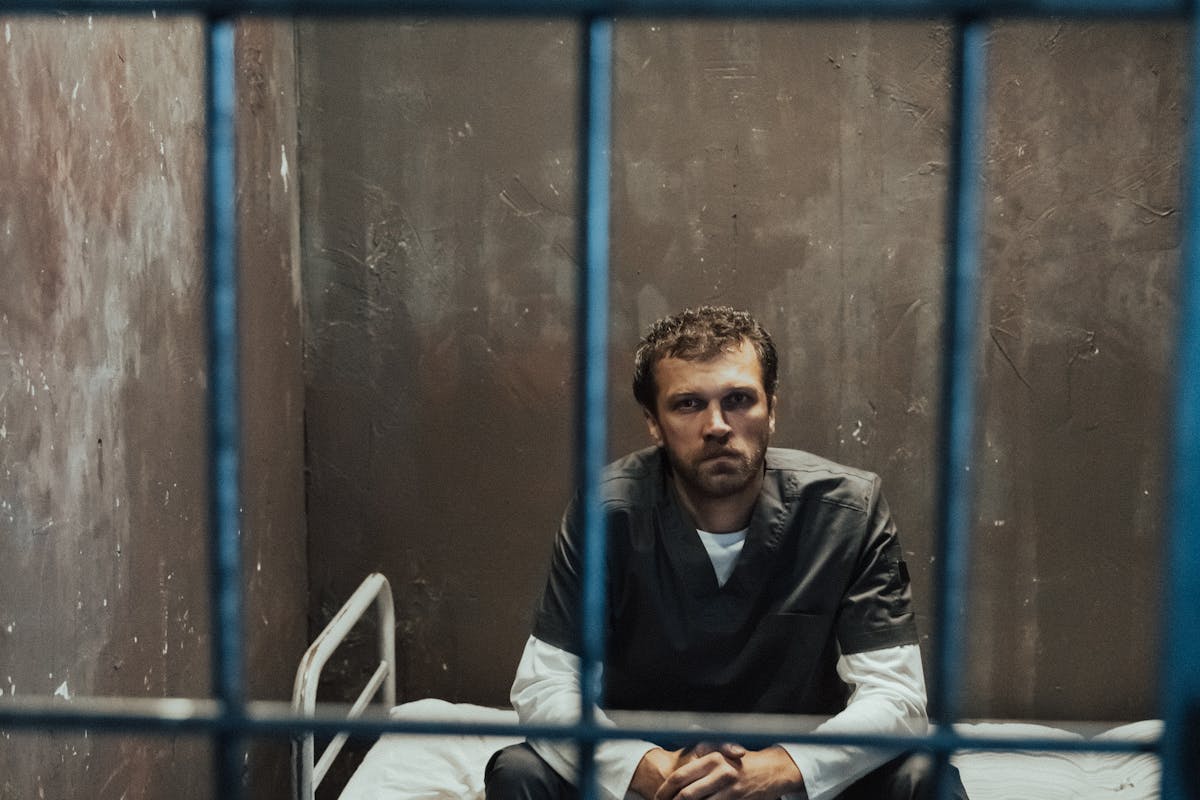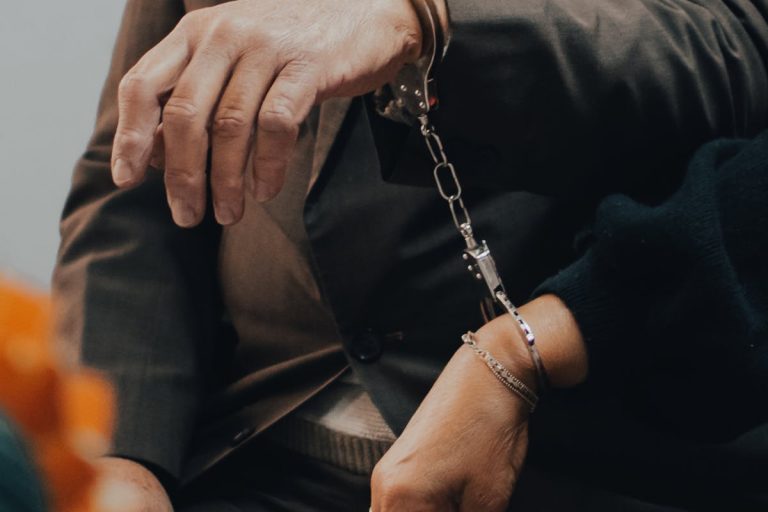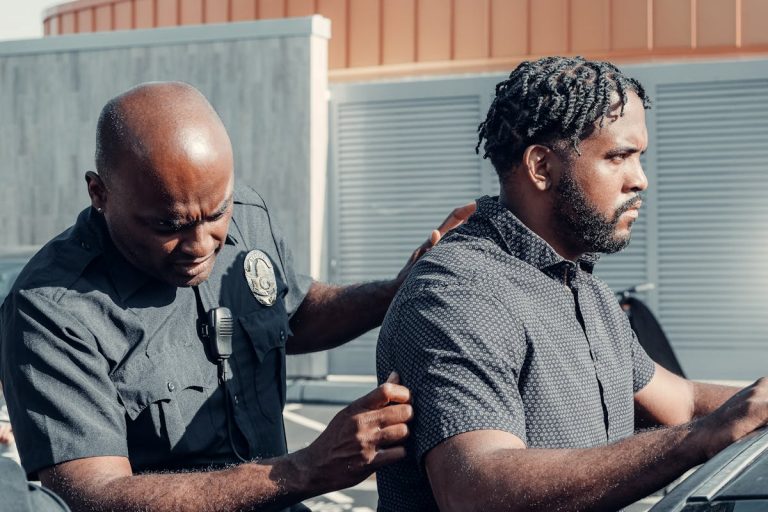When we think of dangerous offenses, our minds might immediately jump to violent crimes such as murder or assault. However, the term has evolved over time to encompass a broad array of actions that pose significant threats to societal well-being, from white-collar crimes like fraud to cybercrimes. Despite this broadening, legal interpretations of what constitutes a dangerous offense still vary across jurisdictions. This discrepancy raises an intriguing question: what exactly is a dangerous offense? Join us as we explore this complex issue, touching on historical contexts, legal perspectives, and societal implications.
Understanding Dangerous Offenses
While it is essential to comprehend the broader category of criminal offenses, understanding dangerous offenses serves as a important aspect of this broader discourse. Dangerous offenses often fuel public perception and can considerably shape societal norms. These offenses can be characterized by a high level of violence, causing a profound psychological impact on the victims, their families, and the community at large. The psychological trauma associated with such cases is often severe, leading to long-term mental health issues. The public perception of these crimes varies, often influenced by factors such as media portrayal, personal experiences, and societal attitudes. A extensive study of dangerous offenses is critical for developing effective legal responses and preventive measures.
History and Evolution of the Term
Tracing the historical roots of the term “dangerous offenses”, one finds that its evolution is closely intertwined with societal changes and public perception of crime. In its earliest usage, the term was largely associated with violent crimes causing physical harm. However, over time and within the historical context, its scope expanded to include non-violent but harm-inflicting activities like financial fraud, cybercrime, and environmental offenses. This term evolution reflects society’s growing understanding of harm beyond the physical domain. The changing nature of what constitutes a ‘dangerous offense’ also mirrors advancements in legislation, technology, and societal norms. Therefore, the term’s evolution is an indication of the dynamic nature of law and society’s ever-changing perception of what is considered dangerous.
Legal Interpretations Across Jurisdictions
As the term “dangerous offenses” has evolved, so too have the legal interpretations of it across various jurisdictions. These jurisdictional variations provide a rich tapestry of legal definitions, each reflecting the unique socio-cultural context of their origin.
- In some jurisdictions, “dangerous offenses” are strictly defined by the severity of the potential penalty.
- Others interpret the term more broadly, considering the societal impact of the crime.
- Certain jurisdictions focus on the intent of the offender, prioritizing psychological evaluations.
- Some legal systems differentiate between “dangerous offenders” and “dangerous offenses”, creating a complex legal matrix.
- A few jurisdictions have specific legal classifications for offenses deemed “exceptionally dangerous”.
Exploring these diverse interpretations underscores the importance of context in legal definitions and highlights the ongoing evolution of the term “dangerous offenses”.

Factors Determining Dangerous Offenses
Despite the variations in legal interpretations, there are several key factors universally considered when determining what constitutes a “dangerous offense”. To begin with, the nature and gravity of the offense are scrutinized. Violent crimes, sexual offenses, and crimes involving weapons often fall into this category. The second factor is the offender’s criminal history. Repeat offenders or those with a history of violent conduct are more likely to commit dangerous offenses. Risk assessment tools are commonly adopted to evaluate the probability of reoffending. Finally, offender profiling plays a significant role. Psychological assessments and behavioral analysis aid in predicting potential threats. Understanding these factors is essential in effectively addressing and preventing dangerous offenses.
Potential Consequences of Conviction
In light of the factors determining dangerous offenses, it is equally important to explore the potential consequences of a conviction. The fallout of such convictions extends beyond potential penalties and has a significant societal impact.
- Incarceration: The immediate consequence is often imprisonment, which varies in duration based on the severity of the offense.
- Fines: Convicts may face hefty fines, further burdening them financially.
- Probation: This involves a period of intense scrutiny and restrictions.
- Social Stigma: Convicts face societal ostracism, impacting their personal and professional lives.
- Loss of Rights: Certain rights, like voting or owning firearms, may be revoked.
Each consequence presents a unique set of challenges, underscoring the importance of thorough legal counsel when facing such charges.
Controversies and Debates
What controversies and debates surround the concept of dangerous offenses? One primary controversy lies in the public perception of what constitutes a dangerous offense. The societal impact of this perception can lead to disparities in the criminal justice system, often resulting in harsher penalties for some offenses over others based on perceived danger. Additionally, the debate extends to the definition of a dangerous offense itself. Is it based solely on the potential physical harm, or should psychological harm also be considered? And what about crimes with significant societal impact but low individual harm, should they be classified as dangerous offenses? These controversies reflect the complexity of defining a dangerous offense and highlight the need for a balanced and thorough approach.
Dangerous Offenses in Practice
Maneuvering the landscape of dangerous offenses in practice reveals a myriad of complexities and intricacies. These offenses, largely encompassing violent crimes, pose serious threats to public safety and hence, warrant thorough understanding and strategic management.
- The nature and severity of the crime: This determines the level of danger posed to society and the victim.
- The offender’s history: Repeat offenders or those with a history of violent crime pose a greater risk.
- The context in which the crime occurred: Some environments may make certain offenses more dangerous.
- The potential for rehabilitation: This influences the severity of the punishment.
- The impact on the victim: Particularly in violent crimes, the physical and psychological toll on the victim is a key factor.
Understanding these aspects guarantees a thorough approach to managing dangerous offenses.
Future Implications and Precedents
While examining the long-term consequences and precedents set by dangerous offenses, it becomes evident that they influence more than just the immediate situation. Their future implications echo in the corridors of legal institutions, shaping the trajectory of criminal justice. Legal precedents, once established, considerably influence subsequent judicial rulings. They set a normative standard, thereby impacting the severity and frequency of sanctions for similar offenses in the future. Furthermore, these precedents can also affect societal perceptions of what constitutes a ‘dangerous offense’. However, there remains a need to balance the role of precedents with evolving social contexts, ensuring that justice remains dynamic and responsive. Fundamentally, the ripple effects of dangerous offenses extend far beyond the immediate case, shaping future legal landscapes.
Frequently Asked Questions
What Is the Role of the Jury in Determining a Dangerous Offense?
The jury plays a vital role in offense classification, including determining a dangerous offense. Through careful deliberation, they evaluate the facts and circumstances to decide whether the crime committed constitutes a dangerous offense.
Does Mental Health Play a Role in Categorizing an Offense as Dangerous?
Yes, mental health can influence the categorization of an offense as dangerous. Mental illness can impact a person’s behavior and criminal intent, potentially escalating the severity and danger associated with their actions.
Can a Minor Be Charged With a Dangerous Offense?
Yes, a minor can be charged with a dangerous offense within the juvenile justice system. The legal consequences vary, based on the severity of the crime and the age of the juvenile at the time of the offense.
How Does a Dangerous Offense Affect the Possibility of Parole?
A dangerous offense greatly impacts parole eligibility. The severity of such an offense often results in stricter parole conditions, potentially including longer incarceration periods before parole consideration, due to the perceived risk to public safety.
What Are Some Examples of Non-Violent but Still Dangerous Offenses?
Non-violent but dangerous offenses can include complex fraudulent schemes that cause significant financial harm, or reckless driving which risks physical harm to individuals. Both offenses carry serious legal consequences due to their inherent risks.





